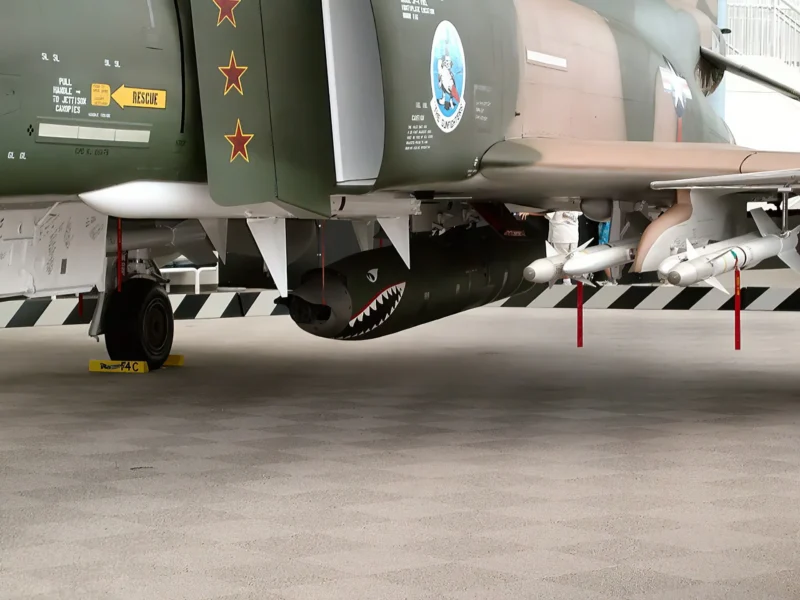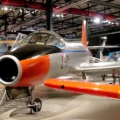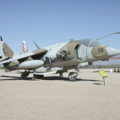McDonnell Douglas F-4 Phantom II fotogalerii McDonnell Douglas F-4 Phantom II on tandem, kahekohaline, kahemootoriline, iga ilmaga, pikamaa ülehelikiirusega reaktiivlennukite pealtkuulaja hävitaja/hävitaja-pommitaja, mille algselt töötas Ameerika Ühendriikide mereväe jaoks välja McDonnell Aircraft. Esmakordselt astus see teenistusse 1960. aastal USA mereväes. Väga kohanemisvõimeliseks osutudes võtsid selle vastu ka USA merejalavägi ja USA õhujõud ning 1960. aastate keskpaigaks oli sellest saanud suur osa nende vastavatest õhutiibadest.>
Allikas: F-4 Fantoom II Vikipeedias
Lisainfo:
The McDonnell Douglas F-4 Phantom II was a versatile and powerful fighter aircraft that served with the US Navy, Air Force and Marine Corps, as well as several other countries. It was designed in the early 1950s as a carrier-based interceptor and fighter-bomber, capable of flying at speeds over Mach 2 and carrying a variety of weapons, including air-to-air and air-to-ground missiles, bombs and rockets. The F-4 Phantom II was also equipped with a sophisticated radar and electronic warfare system, making it a formidable adversary in any combat scenario.
The F-4 Phantom II saw extensive action during the Vietnam War, where it performed various roles such as air superiority, ground attack, reconnaissance and suppression of enemy air defenses. It also set several world records for speed and altitude, demonstrating its superior performance and reliability. The F-4 Phantom II remained in service for decades after the Vietnam War, undergoing several upgrades and modifications to adapt to changing threats and missions. It was finally retired from US military service in 1996, but some countries still operate it today.
The F-4 Phantom II was one of the most successful and widely produced fighter aircraft in history, with more than 5,000 units built by McDonnell Aircraft Corporation and Mitsubishi Aircraft in Japan. It was also the first and only fighter aircraft to fly with both US aerobatic teams, the Blue Angels and the Thunderbirds. The F-4 Phantom II was a remarkable achievement of aviation engineering and design, and a legendary icon of the Cold War era.





















